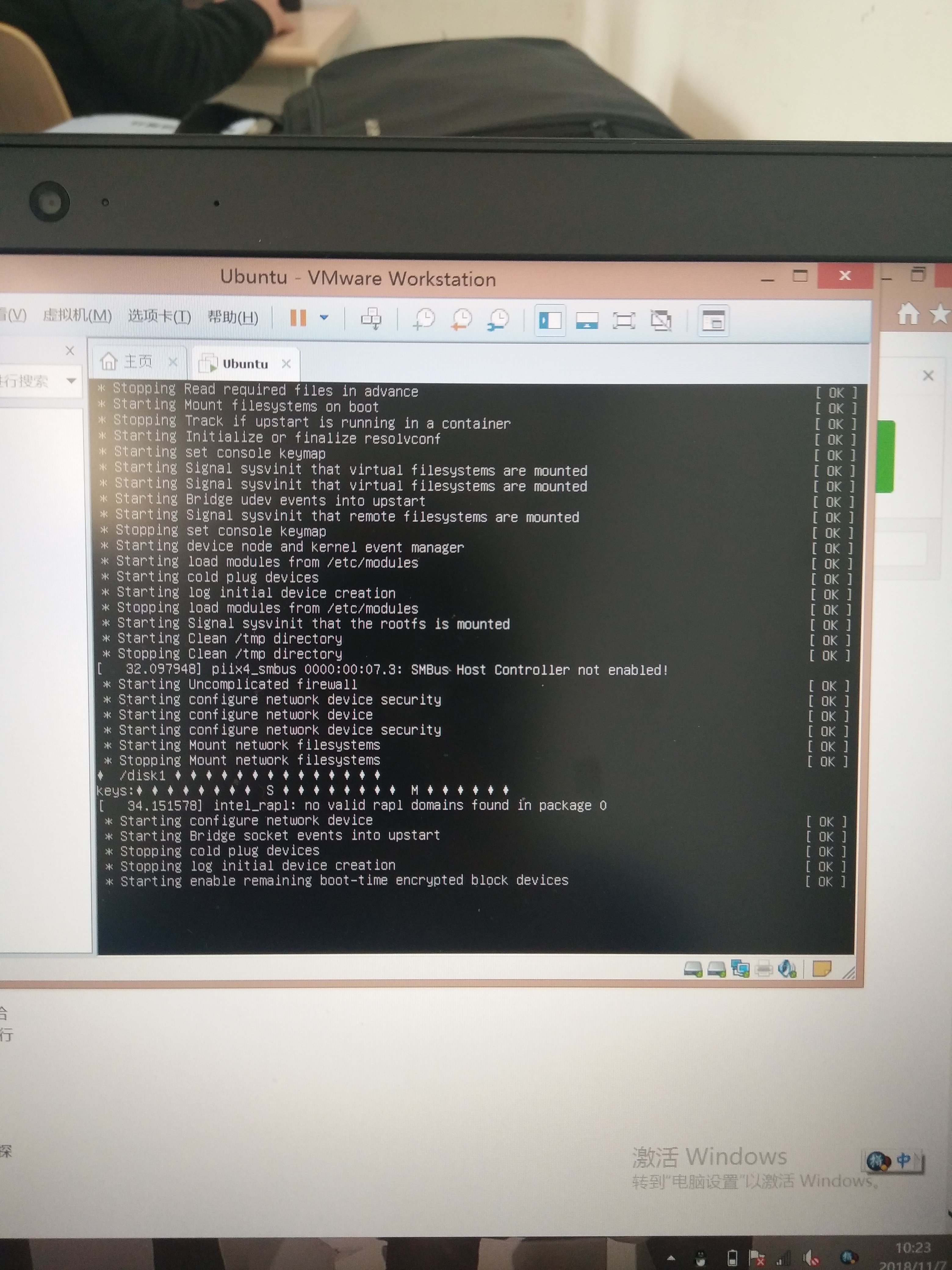可以将文章内容翻译成中文,广告屏蔽插件可能会导致该功能失效(如失效,请关闭广告屏蔽插件后再试):
问题:
My app shares photo on Instagram, to do this it first saves it on a temporary directory:
let writePath = NSTemporaryDirectory().stringByAppendingPathComponent("instagram.igo")
It was working on Swift 1.2, but does not work on Swift 2.0.
Given error message is:
stringByAppendingPathComponent is unavailable: use URLByAppendingPathComponent on NSURL instead.
回答1:
It looks like the method stringByAppendingPathComponent is removed in Swift 2.0, so what the error message suggests is to use:
let writePath = NSURL(fileURLWithPath: NSTemporaryDirectory()).URLByAppendingPathComponent("instagram.igo")
Update:
URLByAppendingPathComponent() has been replaced by appendingPathComponent() so instead do:
let writePath = NSURL(fileURLWithPath: NSTemporaryDirectory()).appendingPathComponent("instagram.igo")
回答2:
It is working for NSString so you can use it like this:
extension String {
func stringByAppendingPathComponent(path: String) -> String {
let nsSt = self as NSString
return nsSt.stringByAppendingPathComponent(path)
}
}
Now you can use this extension which will convert your String to NSString first and then perform operation.
And your code will be:
let writePath = NSTemporaryDirectory().stringByAppendingPathComponent("instagram.igo")
Here is some another methods for use:
extension String {
var lastPathComponent: String {
return (self as NSString).lastPathComponent
}
var pathExtension: String {
return (self as NSString).pathExtension
}
var stringByDeletingLastPathComponent: String {
return (self as NSString).stringByDeletingLastPathComponent
}
var stringByDeletingPathExtension: String {
return (self as NSString).stringByDeletingPathExtension
}
var pathComponents: [String] {
return (self as NSString).pathComponents
}
func stringByAppendingPathComponent(path: String) -> String {
let nsSt = self as NSString
return nsSt.stringByAppendingPathComponent(path)
}
func stringByAppendingPathExtension(ext: String) -> String? {
let nsSt = self as NSString
return nsSt.stringByAppendingPathExtension(ext)
}
}
Reference from HERE.
For swift 3.0:
extension String {
func stringByAppendingPathComponent1(path: String) -> String {
let nsSt = self as NSString
return nsSt.appendingPathComponent(path)
}
}
let writePath = NSTemporaryDirectory().stringByAppendingPathComponent(path: "instagram.igo")
extension String {
var lastPathComponent: String {
return (self as NSString).lastPathComponent
}
var pathExtension: String {
return (self as NSString).pathExtension
}
var stringByDeletingLastPathComponent: String {
return (self as NSString).deletingLastPathComponent
}
var stringByDeletingPathExtension: String {
return (self as NSString).deletingPathExtension
}
var pathComponents: [String] {
return (self as NSString).pathComponents
}
func stringByAppendingPathComponent(path: String) -> String {
let nsSt = self as NSString
return nsSt.appendingPathComponent(path)
}
func stringByAppendingPathExtension(ext: String) -> String? {
let nsSt = self as NSString
return nsSt.appendingPathExtension(ext)
}
}
回答3:
Simply wrap your string as NSString.
let writePath = (NSTemporaryDirectory() as NSString).stringByAppendingPathComponent("instagram.igo")
回答4:
for Swift 3:
let writePath = URL(fileURLWithPath: NSTemporaryDirectory()).appendingPathComponent(directoryname).path
or better create this extension:
extension String {
func appendingPathComponent(_ string: String) -> String {
return URL(fileURLWithPath: self).appendingPathComponent(string).path
}
}
usage:
let writePath = NSTemporaryDirectory().appendingPathComponent(directoryname)
回答5:
Swift 3 Solution:
Here is a function to get the documents directory path-
func getDocumentsDirectory() -> URL {
let paths = FileManager.default.urls(for: .documentDirectory, in:.userDomainMask)
let documentsDirectory = paths[0]
return documentsDirectory
}
How to use:
getDocumentsDirectory.appendingPathComponent("google.com")
Result:
file:///var/folders/w1/3rcp2fvs1qv43hfsh5876s0h0000gn/T/com.apple.dt.Xcode.pg/containers/com.apple.dt.playground.stub.iOS_Simulator.MyPlayground-7CF9F706-509C-4D4C-997E-AB8FE9E4A6EA/Documents/google.com
回答6:
For swift 2.0
// Get the documents Directory
func documentsDirectory() -> String {
let documentsFolderPath = NSSearchPathForDirectoriesInDomains(NSSearchPathDirectory.DocumentDirectory, NSSearchPathDomainMask.UserDomainMask, true)[0]
return documentsFolderPath
}
// Get path for a file in the directory
func fileInDocumentsDirectory(filename: String) -> String {
let writePath = (documentsDirectory() as NSString).stringByAppendingPathComponent("Mobile")
if (!NSFileManager.defaultManager().fileExistsAtPath(writePath)) {
do {
try NSFileManager.defaultManager().createDirectoryAtPath(writePath, withIntermediateDirectories: false, attributes: nil) }
catch let error as NSError {
print(error.localizedDescription);
}
}
return (writePath as NSString).stringByAppendingPathComponent(filename)
}
//# MARK: - Save Image in Doc dir
func saveImage (image: UIImage, path: String ) -> Bool{
let pngImageData = UIImagePNGRepresentation(image)
// let jpgImageData = UIImageJPEGRepresentation(image, 1.0) // if you want to save as JPEG
let result = pngImageData!.writeToFile(path, atomically: true)
print("\(result)")
print("\(path)")
return result
}
回答7:
You can use URLByAppendingPathComponent() instead. Please note that you should trim the path string to remove “file://“ prefix:
let uniqueFileName = NSUUID().UUIDString
let documentsDirectory = getDocumentsDirectoryURL()
if let path = documentsDirectory?.URLByAppendingPathComponent(uniqueFileName) {
var pathString = path.absoluteString
pathString = imagePathString.stringByTrimmingCharactersInSet(NSCharacterSet(charactersInString: "file://"))
}
func getDocumentsDirectoryURL() -> NSURL? {
let fileManager = NSFileManager()
if let docsDirectory = fileManager.URLsForDirectory(.DocumentDirectory, inDomains: .UserDomainMask).first {
return docsDirectory
}
return nil
}
回答8:
Do the following:
(("\(fileName)" as NSString).lastPathComponent as NSString).stringByDeletingPathExtension
回答9:
Swift 4
extension String {
var lastPathComponent: String {
return (self as NSString).lastPathComponent
}
var pathExtension: String {
return (self as NSString).pathExtension
}
var stringByDeletingLastPathComponent: String {
return (self as NSString).deletingLastPathComponent
}
var stringByDeletingPathExtension: String {
return (self as NSString).deletingPathExtension
}
var pathComponents: [String] {
return (self as NSString).pathComponents
}
func stringByAppendingPathComponent(path: String) -> String {
let nsSt = self as NSString
return nsSt.appendingPathComponent(path)
}
func stringByAppendingPathExtension(ext: String) -> String? {
let nsSt = self as NSString
return nsSt.appendingPathExtension(ext)
}
}




